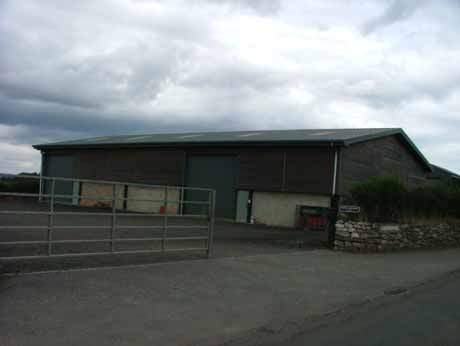After a lot of prevarication the Department of Energy and Climate Change web site now proudly proclaims that:
Consultation on the Renewables Obligation Banding Review is now closed.
In a press release yesterday the Secretary of State, Ed Davey, said that:
Renewable energy will create a multi-billion pound boom for the British economy, driving growth and supporting jobs across the country. The support we’re setting out today will unlock investment decisions, help ensure that rapid growth in renewable energy continues and shows the key role of renewables for our energy security.
That might possibly be the case in some instances, but not everyone in the British renewables industry is entirely happy with the ultimate outcome. The complete table of the current ROC bandings and the new 2013-17 bandings is available from the links above, but let's pick out a few "highlights". Post consultation onshore wind reduces from 1.0 to 0.9 ROCs per MWh, whilst no doubt as a side effect of DECC's negotiations with the Treasury on such matters a few paragraphs are devoted to gas, including:
The Government will set out its gas strategy in the Autumn, and is today confirming that it sees gas continuing to play an important part in the energy mix well into and beyond 2030, while meeting our carbon budgets. The Government is also today announcing the introduction of a £500m field allowance for large shallow water gas fields, to secure investment in marginal gas fields in the UK Continental Shelf.
Moving on to solar photovoltaic:
There will be no immediate reduction in support for large-scale solar, but there will be a further consultation this year on reduced support levels given recent dramatic falls in costs.
There's not a whole lot of clarity in that if you happen to be a large-scale solar PV developer! I had a long conversation earlier today with Ben Cosh, Managing Director of TGC Renewables. More on that at a later date, but since TGC develop both wind and solar PV parks I did ask Ben his views on this latest news. He told me that whilst he has:
Enormous respect for the team at DECC
DECC are:
Currently operating in extremely difficult circumstances
and that as far as TGC were concerned they would:
Keep working at the day job until [DECC] have finally finished mucking around [with ROCs]
Moving on to what is currently a hot topic down here in South West England, the nascent UK deep geothermal industry received an awful lot less than it was hoping for. In his recent technical review of deep geothermal energy potential in Great Britain and Northern Ireland Tim Jackson, Senior Geothermal Engineer at international consultancy Sinclair Knight Merz, concluded that:
At current levels of support only direct heat applications are approaching financial viability. With higher levels of support, similar to those in Germany, HSA direct heat and EGS electricity generation projects will become attractive.
Support measures should be focused on two primary objectives: firstly reducing the risks involved to get to the first successful production well and secondly allowing projects that have proven the resource to develop commercial power and heat projects.
In his preface to the SKM report Dr. Ryan Law, Managing Director of Geothermal Engineering Ltd. and chair of the Renewable Energy Association's Deep Geothermal Group, pointed out that:
To develop the UK sector the report recommends the development of geothermal power projects by providing initial support levels at least equal to German levels (i.e. 5 ROCs)
The "now closed consultation" has in fact delivered 2 ROCs for deep geothermal, reducing to 1.9 in 2015/16 and 1.8 in 2016/17. In his most recent comments on this topic Dr. Law said that:
We are shocked by this announcement. We should be at the forefront of this industry, given the strength of British engineering skills. If the UK wants to seize a share of the booming global market for geothermal development we must prove our competence at home. The message today's announcement sends to the outside world is that the UK is closed for geothermal business.
We are now watching from the side-lines while other countries forge ahead in a global market estimated to be worth $40bn by 2020.
Sir Tim Smit, Chief Executive and Co-founder of the Eden Project, added that:
The recent SKM report stated 20% of UK electricity could be produced from deep geothermal. It is therefore very disappointing that ROCs have not been utilised sufficiently to encourage the required investment in this crucial industry. We are encouraged by the Government’s statement around supporting deep geothermal in other ways and we will be pressing strongly to establish the detail behind this.
For some reason the UK Government seems to have decided that shallow water gas wells are a better investment than deep geothermal wells "if gas proves cheap". As Chris Huhne put it not so very long ago, perhaps "climate change is the biggest market failure the world has ever seen"?
Filed under Renewables by Jim Hunt








